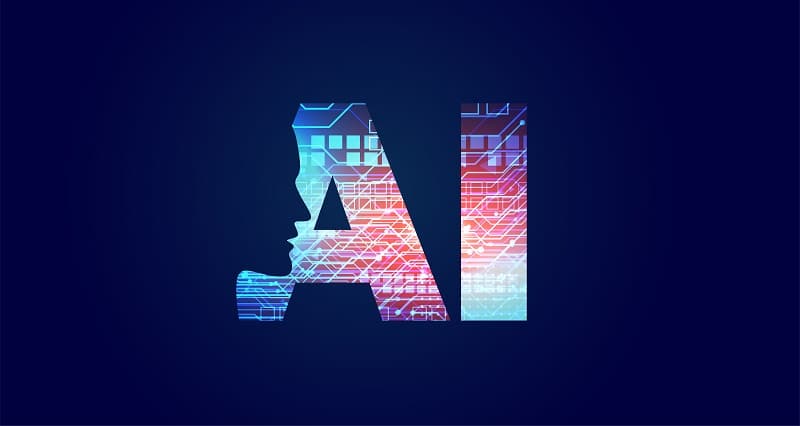Chatbots are bots that are set up to have a natural dialogue with users, via messaging, in a human language and with the intention of providing a service. When one knows the understanding and adaptation capacities of artificial intelligence, it is normal to wonder how such technology can be used on this type of machine.
What is artificial intelligence?
Google answers the question of what is artificial intelligence with a simple definition. It is the set of theories and techniques developing complex computer programs capable of simulating certain traits of human intelligence (reasoning, learning…). As you study this definition carefully, there is one key element that should catch your attention. Indeed, it is indicated that artificial intelligence is a computer program capable of providing a machine with the ability to imitate human intelligence. A chatbot with artificial intelligence is therefore able to act and make coherent decisions just like a human brain would.
How can artificial intelligence be used on a chatbot?
The chatbot is a “bot” or “robot” programmed to be able to hold a conversation with a user or a customer by acting as if it were also human. This conversational agent generally works via private messaging systems present on websites (corporate or blog) and social networks. With this ability to interact with users or customers by imitating a human, we quickly understand that chatbots more or less integrate artificial intelligence. But at what level is AI found in chatbot technology? Taking the example of a bot created on Botnation, we will explain everything.

Analysis and understanding of language
When it comes to language comprehension, Botnation’s intelligent chatbot works in two stages. It starts by analyzing the keywords present in the user’s or client’s request in order to send him a response. At this level, it is still at a very basic programming stage since it does not try to detect the intent behind user requests.
In the second step, the ia chatbot uses NLU technology to better understand the intent behind the customer’s request. Most chatbots usually associate the user’s will with an entity. It is certainly true that the chatbot’s ability to understand is programmed. But its operation is optimized by the presence of artificial intelligence.
Botnation’s bot is a chatbot that uses machine learning algorithms to detect customer intentions based on a probability principle. Artificial intelligence therefore allows this conversational agent to better evaluate the customer’s requests and provide the appropriate answers or service.
Managing the meaning of the conversation
As far as the conversation is concerned, the chatbot works according to two types of logic. The “scripted first” allows it to provide responses to the user or client according to the parameters set by the programmer. The robot uses the different situations and data integrated in its program to provide the service for which it is set up.
With the second one, called “unscripted”, the chatbot must adapt to the customer’s answers and try to retrieve the necessary information to implement its action. With the help of AI, it is in a position to recognize the data it needs and ask the essential questions to customers to retrieve it.
Can we consider the chatbot as an artificial intelligence?
If we were to rely on the definition provided by Google about artificial intelligence, we could answer yes to this question. His ability to understand language and his unscripted logic are elements that play in his favor.
Nevertheless, today, one cannot go without the other. The chatbot’s scope of intervention remains too narrow if it does not integrate artificial intelligence technology.
Artificial intelligence will help the chatbot to improve its ability to answer, analyze, understand, but especially to manage the logic of the conversation with a user or a customer.






